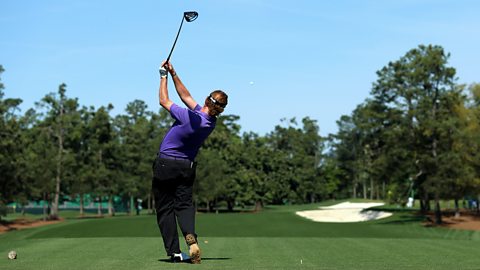The impact of family, friends and peers in choosing to participate
People's economic status reflects their income – what they earn from work or investments – and their wealth – the land or property they own. Young people's economic status is usually determined by their parents' income and wealth. Socio-economic status recognises the fact that income and wealth influence people's education, occupation and other life experiences. For sports statistics, people are often classified by their employment status.

In the UK, managerial and professional people have the highest rates of participation in sport. Manual workers and unemployed people have the lowest rates. The greatest focus on socio-economic status in sport and physical activity relates to health. Health research links poorer health and wellbeing, including lower levels of physical activity, to lower economic status.
To increase people's levels of physical activity and improve both their health and wellbeing and their sporting opportunities, we need to take account of their economic status.
Counting the cost of sport
Sports providers need to be aware of the costs when trying to engage people with lower incomes.